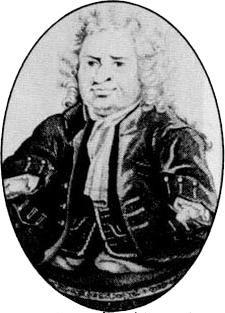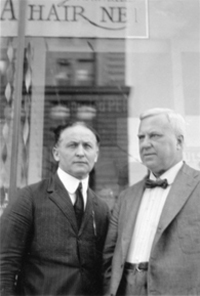









ZIG ZAG
Since its invention in the mid-1960s by magician Robert Harbin, it has been hailed as one of the greatest illusions ever invented due to both the apparent impossibility of the trick, and the fact that unlike many illusions it can be performed surrounded by spectators and withstand the scrutiny of audience members.
THE TRAVELING MAGICIAN by JOHN ROGERS 1877
gives a glimpse into the life of the traveling magician in the late 1800's. Rogers was inspired while taking in the sights at a county fair. He paused to watch a magician amaze and mystify his audience, while his assistant, exhausted from the day's work, dozed in the warmth of the afternoon sun...





No need for the Demons Club to have a page on Mr. Weisz when there is a blog like WILD ABOUT HARRY...
"If you're wild about Harry, then you'll love this very well done fan site..." - Teller
click me
WILD ABOUT HARRY
click me
click me
Here's another cool cat who graced the stage of the Demons Club... Claude Alexander Conlin (1880–1954) also known as Alexander, C. Alexander, Alexander the Crystal Seer, and Alexander the Man Who Knows, was a vaudeville magician who specialized in mentalism and psychic reading acts, dressed in Oriental style robes and a feathered turban, and often used a crystal ball as a prop. In addition to performing, he also worked privately for clients, giving readings. He was the author of several pitch books, New Thought pamphlets, and psychology books, as well as texts for stage performers. His stage name was "Alexander," and as an author he wrote under the name "C. Alexander."
Houdini visited the Demons Clubhouse twice,
performing and lecturing.



Scott Land
( ThePuppetMan dot com) the famous puppeteer from the South Park, Team America film, created this masterpiece marionette of comedy magician and actor, Carl Ballantine.The puppet performs a charming stylized version of Mr. Ballantine's original act. This performance is from the world famous Hollywood, Magic Castle. We hope you enjoy!


click me
to see Scott Land's
brilliant dedication to Carl Ballantine
click me




click me




OKITO BAMBERG
This singular fella also performed Baltimore and visited the Demons Club house for a night of magical mischief. "Theo" Leendert Bamberg (1875 – 1963) was born in the Netherlands who performed under the name Okito. (an anagram of Tokio (Tokyo). His father had been court magician to King William III of the Netherlands making Okito the sixth generation in a family of magicians known as the Bamberg Magical Dynasty...
Eliaser Bamberg (1760-1833)
David Leendert Bamberg (1786-1869)
Tobias Bamberg (1812-1870)
David Tobias Bamberg (1843-1914)
Tobias "Theo" Leendert Bamberg "Okito" (1875-1963)
David Theodore Bamberg "Fu Manchu" (1904-1974)
In his youth, Theo Bamberg nearly drowned while ice skating, leaving him almost completely deaf. As a result, he performed entirely in pantomime. Inspired by a performance of the great French magician, shadowist and mimic Felecien Trewey. His Japanese style act, which he premiered to great success in 1893, evolved into a Chinese act. Tobias did not hide his European heritage unlike this next guy...

Carl Ballantine
textbook comedic timing


Manufactured by J. & E. Stevens Co., designed by Charles A. Bailey. Place a coin on the table, and as the lever is pressed the magician covers it with his hat. When he raises his hat, it will be found that the money has disappeared.


THE TURK
automata by
Thomas Kuntz

click me
Ching Ling Foo (Chinese: 金陵福) was the stage name of the Chinese magician Zhu Liankui (Chinese: 朱連魁,1854–1922). He is credited with being the first modern East Asian magician to achieve world fame.
Irving Berlin included him in his lyrics for “From Here to Shanghai” (1917)
"I'll eat the way they do,
With a pair of wooden sticks,
And I'll have Ching Ling Foo,
Doing all his magic tricks."

Chung Ling Soo... A magician whose daring made Houdini seem like the boy next door. Soo's infamous a onstage death in London at the 'Wood Green Empire' , on March 23, 1918 mystified fellow magicians: shot during a performance of "Defying the Bullets," in which he attempted to catch marked bullets on a porcelain plate. It wasn't until after death his deceptions began to unravel; that he was not Chinese but a fifty-eight-year-old New Yorker named William Ellsworth Robinson, a former magicians' assistant and the husband of Olive Robinson. Robinson had maintained his role as a Chinese man scrupulously, never spoke onstage and always used an "interpreter" when interviewed by journalists. William Robinson was himself not who he appeared to be, keeping a second family with a mistress in a fashionable home near London!
Soo was also the author of the book Spirit Slate Writing and Kindred Phenomena (1898). The book exposed the tricks of slate writing and a number of devices that fraudulent mediums would use to pretend to contact the dead...









Joseph Bland was one of the earliest magic dealers in London, in a time when Cremer, Novla, Bell and Hamley where the sole manufactures and dealers of magical apparatus in the British capital. Bland, an Italian whose real name was Giuseppe Bolasco, had started trading in magic in 1855 and opened his shop in 478 New Oxford St. sometimes before 1863. On October 19th 1863, Compars Hermann visited Bland’s shop and wrote him a letter congratulating on the quality of his apparatus.
Joseph Bland’s shop, seen here in an advert, inspired H. G. Wells’ short story “The Magic Shop” and provided quality material for a number of amateurs and professionals alike in the last half of the XIX century:
Channing Pollock
From the Firewall Art Gallery
Matthew Buchinger, "The Little Man of Nuremberg
Of all the imperfect beings brought into the world, few can challenge, for mental and acquired endowments, anything like a comparison to vie with this extraordinary little man.
Matthew Buchinger was a native of Nuremberg, in Germany, where he was born June 2nd, 1674, without hands, feet, legs or thighs; in short, he was little more than the trunk of a man, saving two exrescences growing from the shoulder-blades, more resembling fins of a fish than arms of a man. He was the last of nine children, by one father and mother, viz., eight sons and one daughter. After arriving at the age of maturity, from the singularity of his case, and the extraordinary abilities he possessed, he attracted the notice and attentions of all persons, of whatever rank in life, to whom he was occasionally introduced.
It does not appear, by any account extant, that his parents exhibited him at any time for the purpose of emolument, but that the whole of his time must have been employed in study and practice, to attain the wonderful perfection he arrived at in drawing, and his performance on various musical instruments; he played the flute, the bagpipe, dulcimer, and trumpet, not in the manner of general amateurs, but in the style of a finished master. He likewise possessed great mechanical powers, and conceived the design of constructing machines to play on all sort of musical instruments.
If nature played the niggard in one respect with him, she amply repaid the deficiency by endowments that those blessed with perfect limbs could seldom achieve. He greatly distinguished himself by beautiful writing, drawing coats of arms, sketches of portraits, history, landscapes, etc., most of which were executed in Indian ink, with a pen, emulating in perfection the finest and most finished engraving. He was well skilled in most games of chance, nor could the most experienced gamester or juggler obtain the least advantage at any tricks, or game, with cards or dice.
He used to perform before company, to whom he was exhibited, various tricks with cups and balls, corn, and living birds; and could play at skittles and nine-pins with great dexterity; shave himself with perfect ease and do many other things equally surprising in a person so deficient, and mutilated by nature. His writings and sketches of figures, landscapes, etc., were by no means uncommon, though curious; it being customary, with most persons who went to see him, to purchase something or other of his performance; and as he was always employed in writing or drawing, he carried on a successful trade, which, together with the money he obtained by exhibiting himself, enabled him to support himself and family in a very genteel manner. Mr. Herbert, of Cheshunt, editor of Ame's History of Printing, had many curious specimens of Buchinger's writing and drawing, the most extraordinary of which was his own portrait, exquisitely done on vellum, in which he most ingeniously contrived to insert, in the flowing curls of the wig, the 27th, 121st, 128th, 140th, 149th, and 150th Psalms, together with the Lord's Prayer, most beautifully and fairly written. Mr. Issac Herbert, son of the former, while carrying on the business of a bookseller in Pall Mall, cause this portrait to be engraved, for which he paid Mr. Harding fifty guineas. Buchinger was married four times, and had eleven children, viz., one by his first wife, three by his second, six by his third, and one by his last. One of his wives was in the habit of treating him extremely ill, frequently beating him and otherwise insulting him, which for a long time he very patiently put up with; but once his anger was so much roused, that he sprang upon her like a fury, got her down, and buffeted her with his stumps within an inch of her life; nor would he suffer her to rise until she promised amendment in the future, which it seems she prudently adopted, through fear of another thrashing.

David Phelps Abbott
(1836-1934)
Was a magician and magic inventor who devised such effects as the Floating Ball, the Talking Teakettle and Spirit Paintings. Abbott did not give public performances, but instead invited guests into his parlor, where he amazed them with his own original magic. He wrote Behind the Scenes With the Mediums (1907), considered to be one of the best exposures of the methods used by fraudulent psychics, and The Marvelous Creations of Josefy (1908). He also wrote The David P. Abbott Book of Mysteries, published posthumously by Walter Graham in 1977.
















